Slide lines: Bulthaup’s new kitchen offers a movable feast
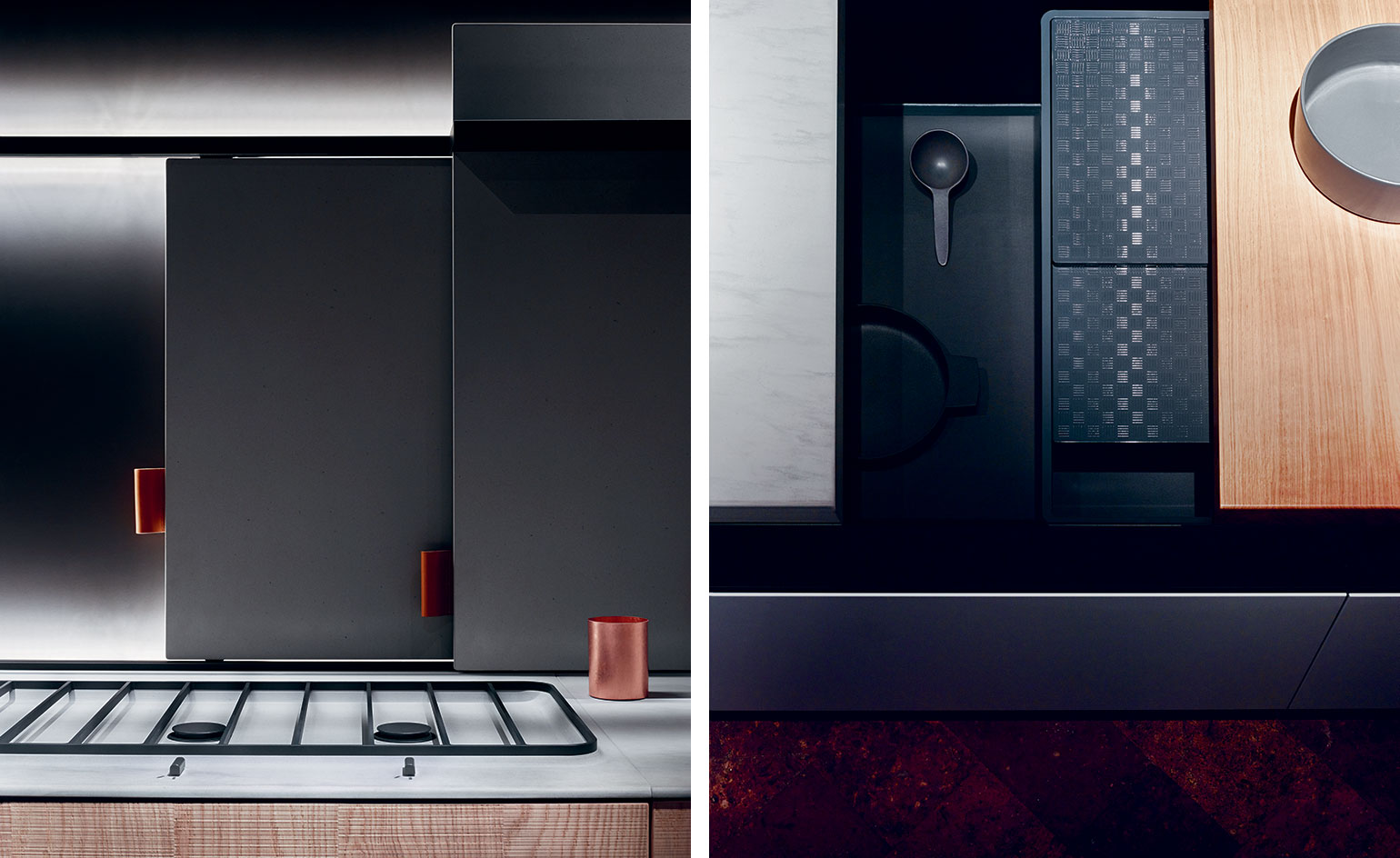
Wabi-sabi is sometimes described as the 'Zen of things.' The beauty of things modest and humble, the beauty of things impermanent, unconventional and incomplete, according to Leonard Koren, the design critic who wrote the seminal 1994 book, Wabi-Sabi: for Artists, Designers, Poets & Philosophers.
Such an elusive concept might seem an unlikely touchstone for a range of German kitchens, but in fact the connection with Bulthaup’s new 2016 'b1', 'b3' and 'b+' systems is fairly straightforward. Wabi-sabi has its roots in the precise aesthetics and philosophy of the Japanese tea ceremony. Much of wabi-sabi is expressed in the objects we use to feed ourselves.
Kakuzō Okakura’s classic essay, The Book of Tea (1906), was probably the first explanation of wabi-sabi targeted at a non-Japanese audience. He wrote: 'Great as has been the influence of the tea-masters in the field of art, it is as nothing compared to that which they have exerted on the conduct of life. Many of our delicate dishes, as well as our way of serving food, are their inventions. They have given emphasis to our natural love of simplicity.'
Bulthaup’s approach is to design systems that allow the user to determine the play of light and the shifting volumes in their kitchens. 'The view of the beholder determines everything,' said Stefen Bauer, Bulthaup’s projects manager of products, during this year’s Salone del Mobile in Milan.
The Bavarian company, founded in 1949, creates kitchen systems of pure simplicity that demand the interaction and the perspective of the user, and in so doing, the addition of the personal and the soulful.
The 'b3' kitchen system is based around a multifunctional wall that is hung with sliding panels. Some panels are protective, in deceptively light stone and glass, while others are exquisitely functional systems for the storage of knives, pots and spices. All offer a subdued utility – sliding into place pulled by small, tactile leather tabs. The multifunctional wall hides the services and holds the cabinets, so that they appear as if they are floating.
The flexibility of the 'b3' system allows for the combining of multiple materials and colours. Stainless steel, laminate, solid wood, aluminium and lacquer meet 1cm-thick worktops in synthetic stone and granite. The front finishes are in bronze or grey aluminium or a lacquered finish in colours from across the spectrum. The flexibility is part of the unfinished element, the wabi-sabi lightness of touch that is driven by the multiple, changing needs of the modern kitchen user. Every time a wall panel slides out, a new perspective appears.
For the 'b1' system, your viewpoint changes, the focus moving down from the wall panel to a spare kitchen island-workbench. Eschewing the superfluous, the 'b1' island is a few simple building blocks – a sink, sliding worktops, sliding food-prep blocks and a cooker. Under the sliding sections are inserts and storage areas – even a lockable box – meaning you don’t step away and stoop to access what you need.
The 'b+' system, meanwhile, focuses on a range of freestanding elements called 'solitaires'. Built on a simple matte-black aluminium frame, the tables, storage units, butcher’s blocks and cooking tables deliberately blur the distinction between living room and kitchen. You put them where you want and you use them however you need to. Flexibility and multiple configurations give the user the power to shape the whole range to their needs, but whatever the accent, the language remains one of overwhelming simplicity. If Edmund de Waal made kitchens, this is how they might look.
Bulthaup creates beauty through simplicity: the essence of wabi-sabi. Okakura encapsulated it best in 1906: 'Meanwhile, let us have a sip of tea. The afternoon glow is brightening the bamboos, the fountains are bubbling with delight, the soughing of the pines is heard in our kettle. Let us dream of evanescence, and linger in the beautiful foolishness of things.'
As originally featured in the July 2016 issue of Wallpaper* (W*208)
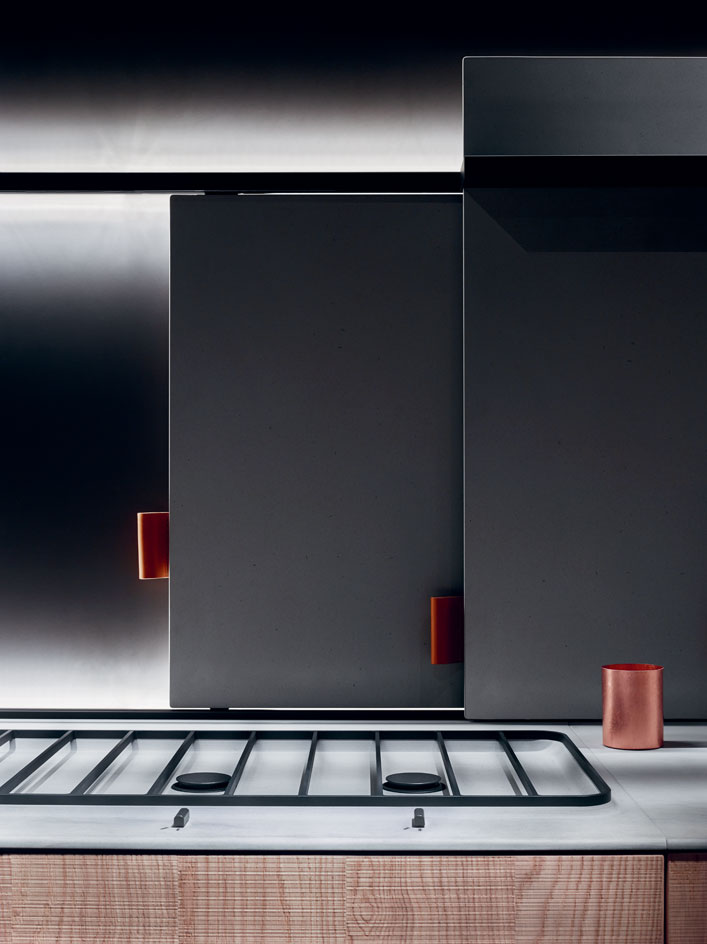
'b3': this system features sliding panels that can be used to conceal storage or appliances, to act as protective surfaces and to create different perspectives. The panels, pictured here, can be fitted with a rail for storing utensils, a knife board, spices, pans and so on
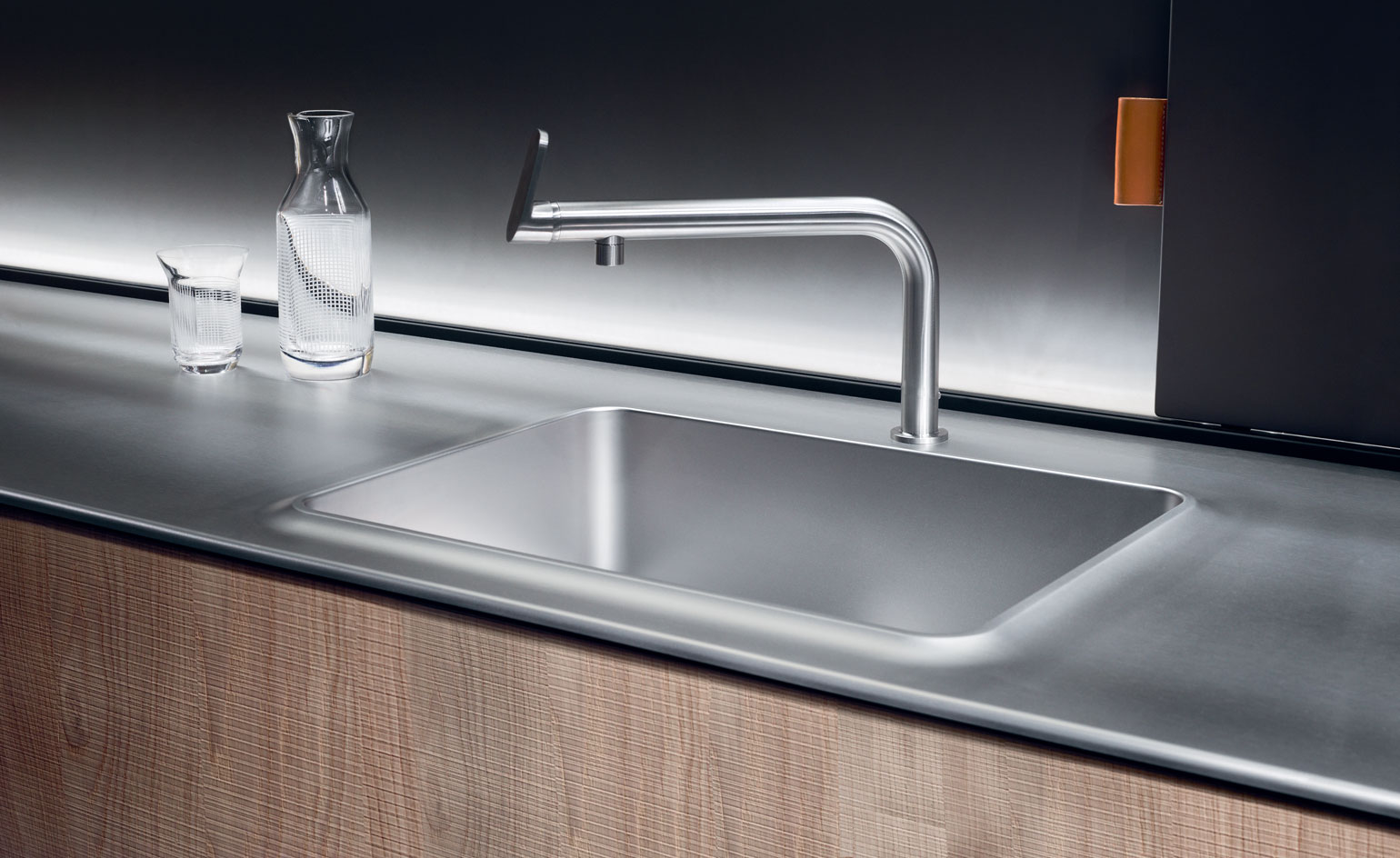
'b3': an integrated stainless steel sink, with a subtle lip to define its edges, makes for a seamless countertop. Cupboard doors in structured oak add texture, while the sliding panel, ready to pull across as a splashback or divider, is in a tactile, soft-touch paint with a leather tab
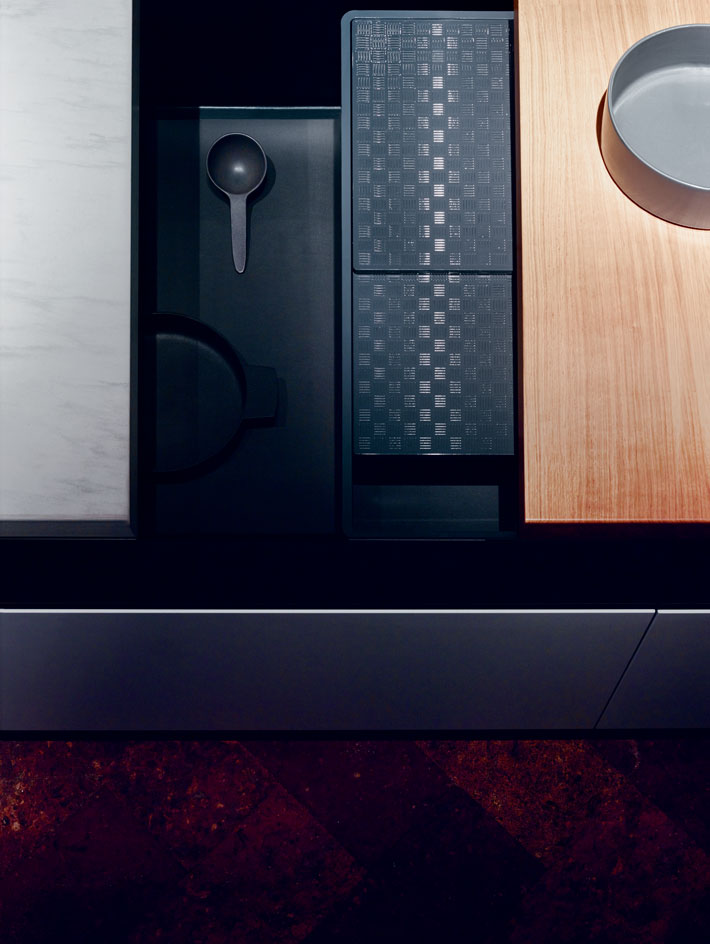
'b1': this kitchen island comprises worktops mounted on a metal frame, and can be fitted with a sink, preparation areas and a hob, as desired. The preparation surfaces slide aside to reveal space beneath, which may be fitted with inserts and lockable storage boxes, as pictured

'b1': The island with sliding work surfaces, pictured in oak and quartzite natural stone. The unit doors are in a matte-white lacquer
INFORMATION
For more information visit Bulthaup's website
Photography: Filippo Piantanida. Interiors: Maria Sobrino
Receive our daily digest of inspiration, escapism and design stories from around the world direct to your inbox.
-
 Men’s Fashion Week A/W 2026 is almost here. Here’s what to expect
Men’s Fashion Week A/W 2026 is almost here. Here’s what to expectFrom this season’s roster of Pitti Uomo guest designers to Jonathan Anderson’s sophomore men’s collection at Dior – as well as Véronique Nichanian’s Hermès swansong – everything to look out for at Men’s Fashion Week A/W 2026
-
 The international design fairs shaping 2026
The international design fairs shaping 2026Passports at the ready as Wallpaper* maps out the year’s best design fairs, from established fixtures to new arrivals.
-
 The eight hotly awaited art-venue openings we are most looking forward to in 2026
The eight hotly awaited art-venue openings we are most looking forward to in 2026With major new institutions gearing up to open their doors, it is set to be a big year in the art world. Here is what to look out for
-
 This São Paulo apartment was designed for content creators, and it’s certainly camera ready
This São Paulo apartment was designed for content creators, and it’s certainly camera readyA renovation of this penthouse saw the kitchen relocated to the heart of the home to suit the purposes of a couple who run a culinary YouTube channel
-
 Get back to basics with these low-fi and long-lived kitchen tools
Get back to basics with these low-fi and long-lived kitchen toolsFed up with the perennial pairing and needy notifications from too many smart devices? Discard digital and go all-analogue with our essential selection of battery-free kitchen tools and accessories
-
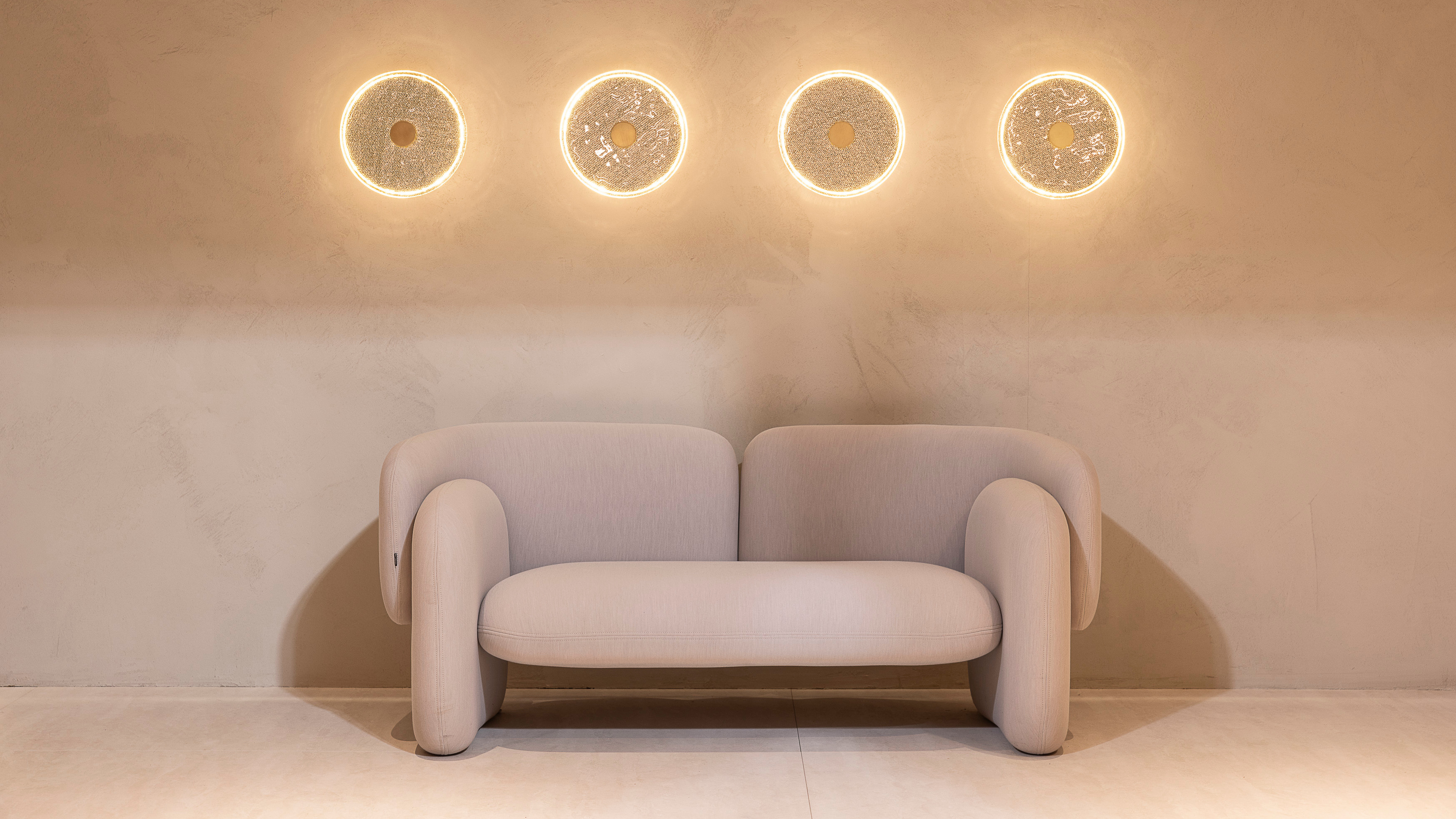 Lasvit brought forest, fabric and frozen light to Euroluce 2025
Lasvit brought forest, fabric and frozen light to Euroluce 2025Czech glassmaker Lasvit’s 2025 lighting launches look to nature for inspiration and reflection
-
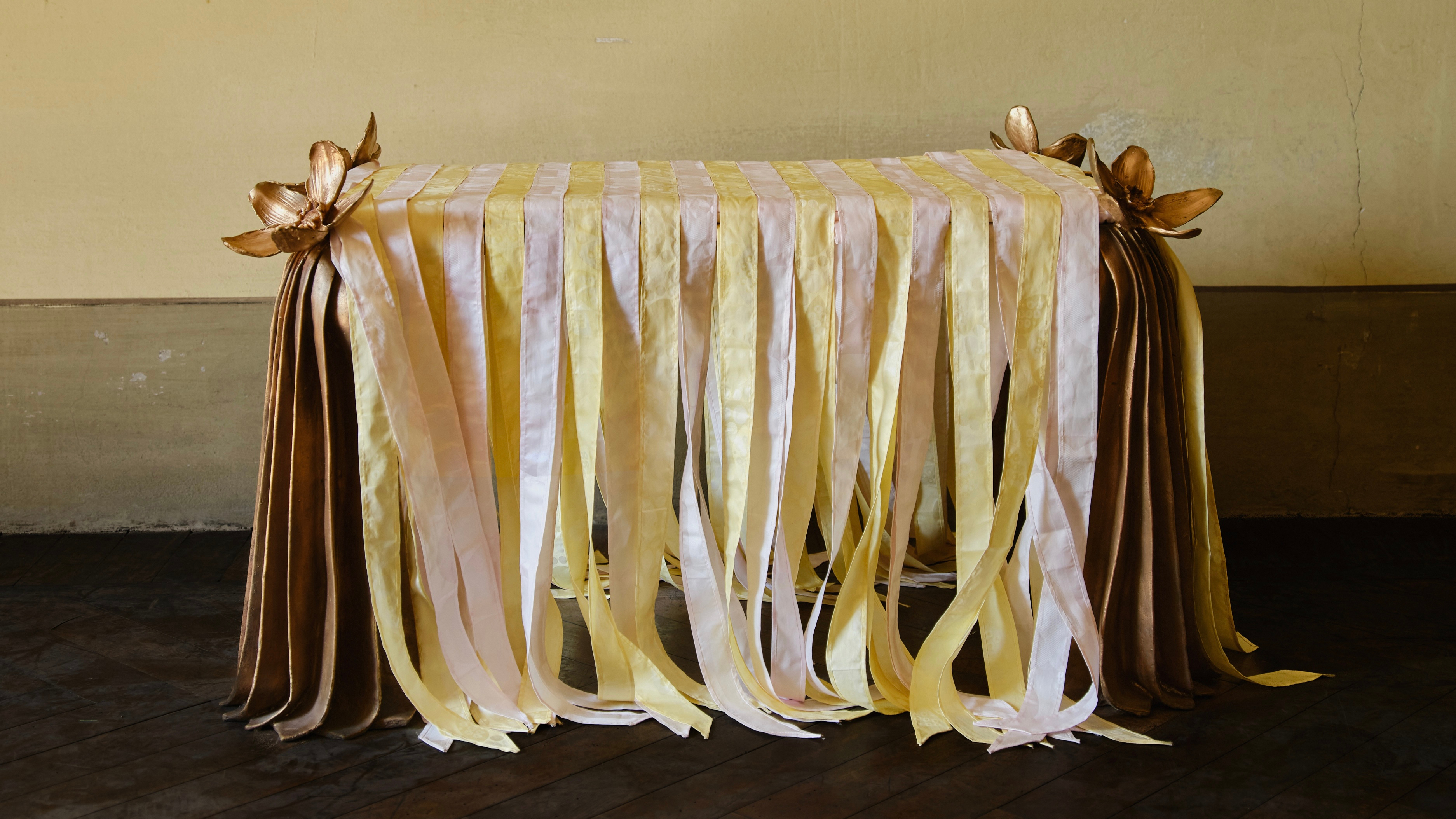 Conie Vallese and Super Yaya’s beribboned bronze furniture is dressed to impress
Conie Vallese and Super Yaya’s beribboned bronze furniture is dressed to impressTucked away on the top floor of Villa Bagatti during Milan Design Week 2025, artist Conie Vallese and fashion designer Rym Beydoun of Super Yaya unveiled bronze furniture pieces, softened with hand-dyed ribbons in pastel hues
-
 Geoffrey Bawa’s furniture designs are revived – a tropical modernist treat
Geoffrey Bawa’s furniture designs are revived – a tropical modernist treatBangalore studio Phantom Hands cultivates the furniture legacy of Sri Lankan tropical modernist pioneer Geoffrey Bawa
-
 Tectonic modernity makes for fine dining furniture from Knoll
Tectonic modernity makes for fine dining furniture from KnollThe new ‘Muecke Wood Collection’ by architect Jonathan Muecke for Knoll brings artistry to the table
-
 Febal Casa’s ‘Onda’ kitchen island and sideboard with Zaha Hadid Architects ripple with possibility
Febal Casa’s ‘Onda’ kitchen island and sideboard with Zaha Hadid Architects ripple with possibilityArchitectural fluidity and manufacturing excellence meet in a next-wave furniture collection
-
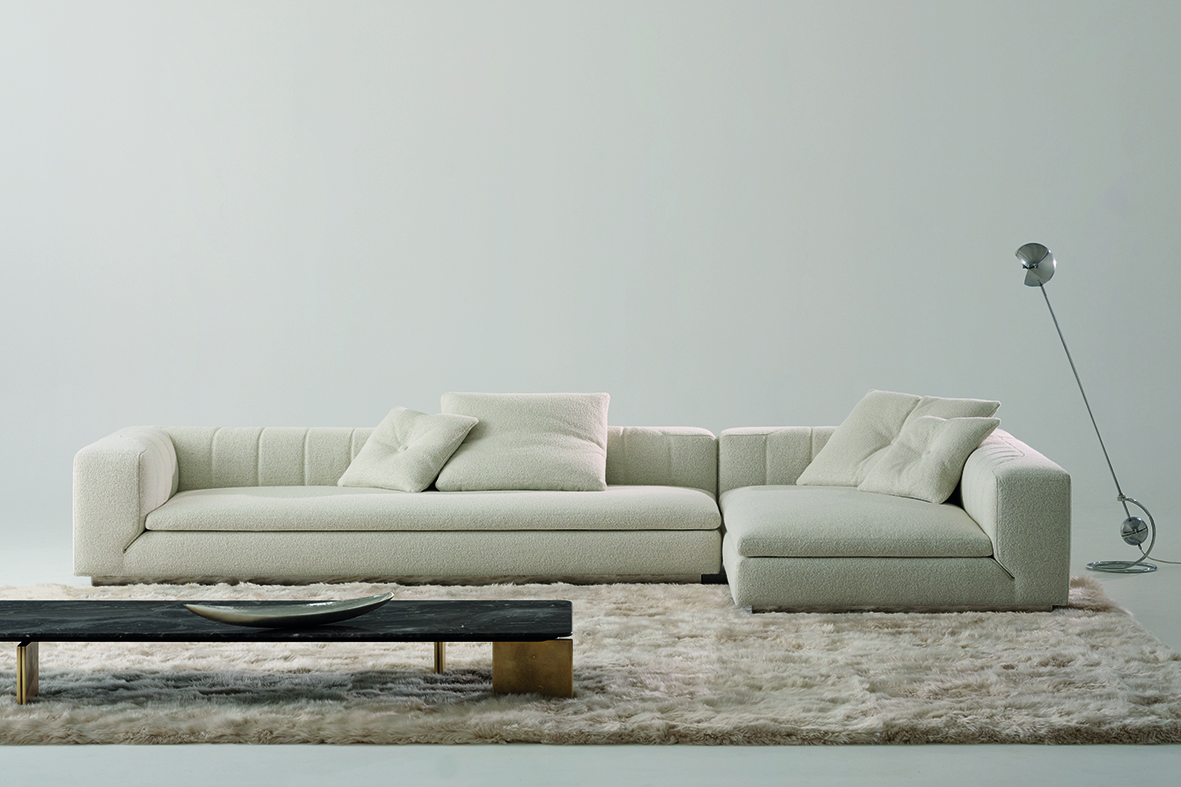 Elegance personified, the 'Riley' sofa is a handsome beast
Elegance personified, the 'Riley' sofa is a handsome beastA new sofa by Hannes Peer for Minotti has us swooning, not slouching